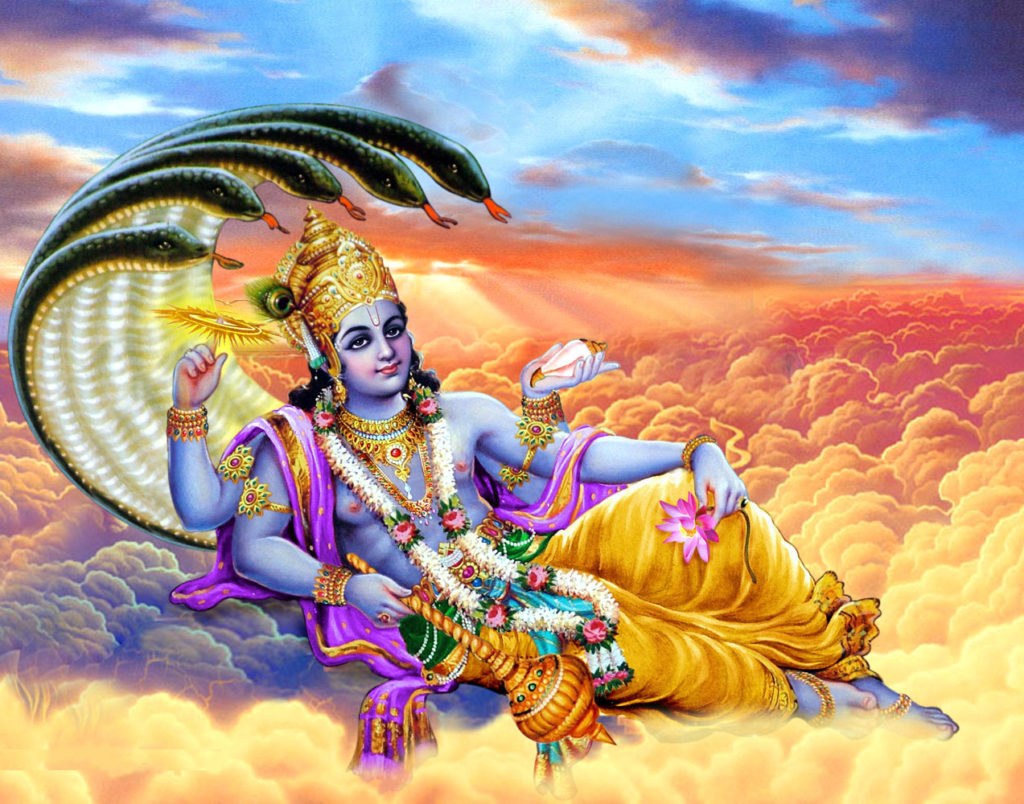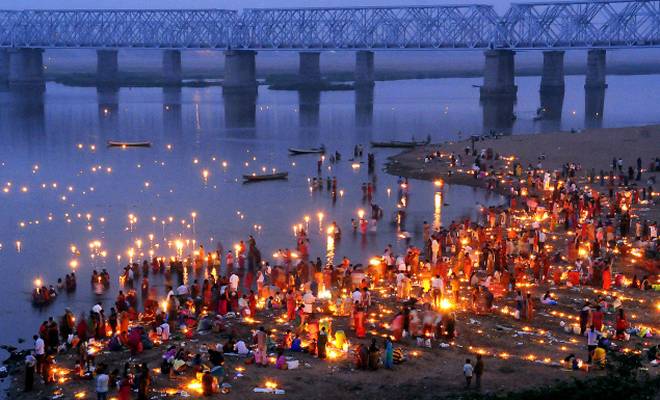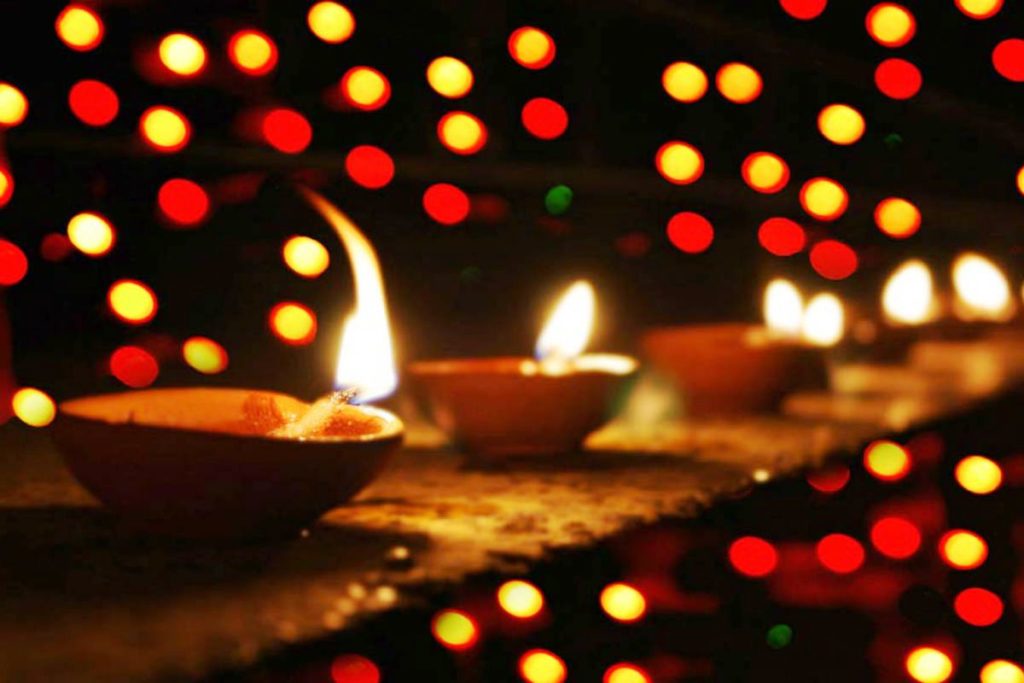Karthika Masam Karthika Masam is also called Damodara Masa. As per the Puranic saying “Alankarapriyo Vishnuh’, Lord Vishnu is very fond of ‘Alankara’. A devotee would like to see Him in a resplendent dress with beautiful ornaments and decorated garlands. Tulasi – Greatness In the Padma Purana in Uttara Khanda, Lord Krishna says that of Read More
Tag: Karthika Masam
Worship of Lord Siva – Karthika Masam
Karthika Masam Karthika Masam is the favorite month of Lord Siva. Monday is very auspicious for Lord Siva. On Mondays, the Women worship Him with special Puja and Abhishekam. It is believed that Lord Siva resides in the Bilva tree and its fruit. The chanting of ‘Om Namah Sivaya’ always works miracles in the spiritual Read More
Karthika Masam – Things to do
Activities / Things to do during Karthika Masam The Karthika Masam gives equal importance to both Lord Siva and Lord Vishnu. Through the ‘Deepaaraadhana’, the devotee finds not only the visible Jyoti in the lamp but also the invisible Jyoti that is all-pervading and everlasting. The practice of good conduct and long austerity in the Read More
Karthika Masam
Karthika Masam Karthika Masam is very sacred for both the devotees of Lord Vishnu and Lord Siva. The story goes that, Lord Siva killed Tripurasuras on Karthika Pournami and protected the world. On the other hand, Lord Vishnu goes to yogic sleep on Ashadha Suddha Ekadashi and wakes up on Karthika Suddha Ekadashi. In this Read More




